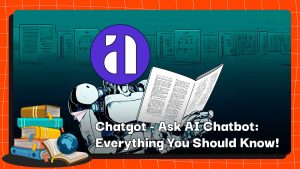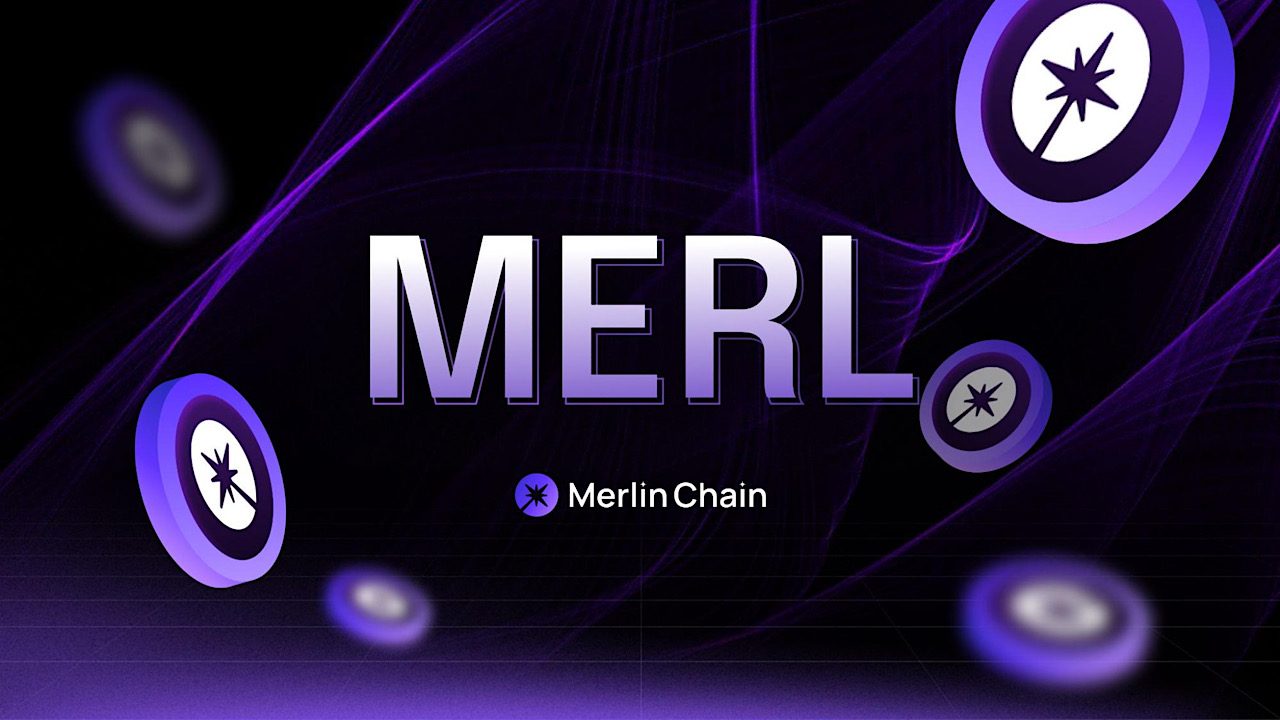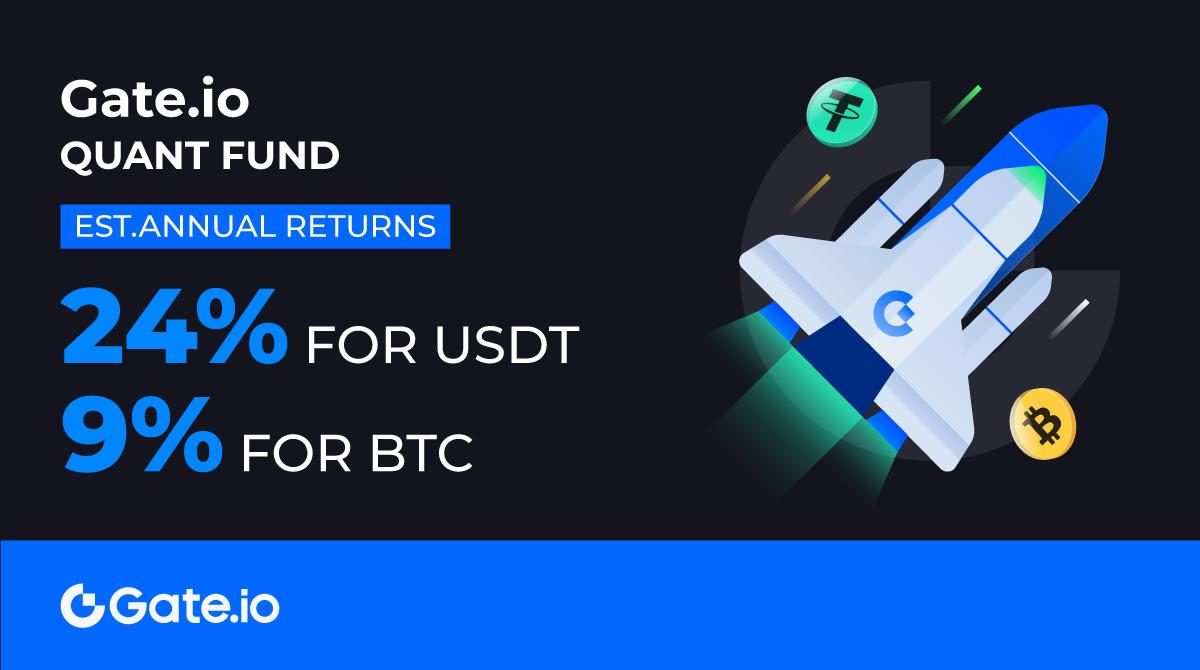How Does The MEV Solution Maximize Profits For The Block Producer?
Key Points:
- MEV is one of the drawbacks of the present blockchain network topology that has a significant impact on user rights.
- MEV demonstrates miner power and its detrimental influence on the blockchain network in general and DeFi users in particular.
- Miners may undermine the consensus by rearranging or filtering transactions if the block reward is modest enough in comparison to the MEV.
The miner extractable value (MEV) is the value miners may earn by modifying the sequence of transactions inside the blocks they create. As a result, order fairness is a challenge for permissionless PoW cryptocurrencies.
MEV may potentially reward blockchain splits when the stakes are high enough, which may affect future transactions and the security of the consensus layer. This could be the next step to help it grow.

Overview
Bitcoin and Ethereum networks are ledgers that are protected by a decentralized network of computers (aka miners). Miners are in charge of gathering and placing transactions on the block, which is then verified by the whole network. The network guarantees that all transactions are legitimate when they are uploaded to the blockchain using this format.
Although that structure provides network openness, it has one limitation: there is no order for transactions to be filed on-chain.
Since each block may only contain a specific number of transactions, miners have complete control over the pending transactions in the mempool. To maximize their income, miners will, of course, choose transactions that pay the greatest gas costs.
What is MEV?
Maximal Extractable Value (MEV), formerly known as Miner Extractable Value, is a mechanism for including, excluding, or reordering transactions while creating a new block. MEV’s objective is to earn as much extra profit as possible. Block producers are best suited for this since they can pick and organize transactions.
MEV is a crypto word that refers to the purposeful reordering, inclusion, or removal of transactions while creating a new block (to be added to a blockchain) in order to maximize profit.
Consider it the additional value extracted from a block above and above the regular reward and gas costs by selecting which transactions to include and in what order. Essentially, it is extra revenue earned by rearranging the order of Tx while establishing a new block.
As a result, the phrase Miner Extractable Value was established to describe the phenomena of extracting as much additional profit as possible. Nevertheless, Ethereum completed The Merge in September 2022, a technological update that changed the network’s consensus method from PoW to PoS.
Because of the change in the mining method after the merging of Ethereum, the responsibilities in the MEV supply chain have also altered. Before Danksharding was established, Flashbots offered MEV-Boost as an alternative PBS method. Builder concentrates on creating blocks and optimizes the advantages of each block as much as possible before submitting the most lucrative block to the proposer.
The implementation of the PBS mechanism has resulted in certain changes in the blockchain industry’s interests while also promoting the professionalization and commercialization of important institutions in the industry chain and forming a new pattern for the MEV supply chain.
How does it work?
Understanding how MEV operates requires a fundamental grasp of block producers’ roles. They are responsible for confirming transactions and adding them to the network in the form of blocks, and they play a critical role in protecting and sustaining blockchain networks. This procedure is characterized as mining or validation, depending on the chain.
Simply defined, block producers, maintain the integrity of network transactions and the network’s continued operation. There can be no new data contributed to the chain without them.
Block producers gather user transaction data and arrange it into blocks that will be uploaded to the network chain. The crucial thing to remember is that block producer decide which transactions to include in their blocks.
Logically, transactions are picked based on profitability, which implies that those with the greatest fees are chosen first. This is why, during peak hours, consumers pay higher gas prices to guarantee that their transactions are prioritized.
A block producer will benefit most if they choose transactions with the highest fees. As a result, lower-fee transactions must wait longer to be included in a block.
There is no rule that says transactions must be chosen or prioritized depending on costs. As transactions include more complicated information, block producers may include, remove, or reorganize transactions to generate additional revenue in addition to the regular block rewards and fees.
Selecting some transactions over others and organizing them in a certain sequence, for example, may result in greater earnings owing to arbitrage possibilities or on-chain liquidation. This is the core of MEV: the process of choosing and organizing transactions in order to maximize financial advantage.

MEV supply chains
Compared to the traditional transaction on-chain process, MEV’s transaction on-chain process accomplishes PBS’s out-of-protocol practice through Flashbots’ MEV-Boost and allows MEV to be separated and captured by the roles of Searcher, Builder, Relay, and Validator.
Searcher: In general, these roles (arbitrage and liquidation bots, DeFi traders, Ethereum dApps with complex use cases) will discover all of the extractable value on the chain using various ways, then bundle the transactions together and send them to the Builder.
Builders: are typically professional organizations (there were 36 active Builders in the last 14 days, with the top 6 control more than 88% of the market share). They choose the most lucrative Bundles supplied by Searchers and bundle them into complete blocks, which are then sent to the Validator. A block may be formed by combining many Bundles, which may also include pending transactions from other mempool users.

Relay: is in charge of connecting Builder and Proposer, validating the authenticity and bid of the block supplied by Builder, and presenting the highest valid bid to Proposer. There is now an oligarchic structure and just 11 operational Relays, although Relay does not share MEV earnings and belongs to a neutral infrastructure.
Validator: Validator is an ETH 2.0 miner. Proposers in validators are in charge of proposing and adding blocks to the network. Validator’s competitive pattern is progressively stabilizing, and Lido has the market share. Validators may earn both consensus (block rewards) and execution (MEV+tips) rewards.
There are now projects at every step of the MEV supply chain. There are various arbitrage and liquidation bót, DeFi traders, market makers, and so on in the Searcher category, and there are also projects that service these Searchers, such as EigenPhi, a data platform that highlights on-chain arbitrage situations, in the Builder segment.
Relay is a neutral infrastructure in the MEV Supply Chain that belongs to the trust-worthy connection. There are now 11 active Relays, and Validator has several projects in the works. Validator’s network is rather solid. Based on the present funding circumstances, there are still fresh teams interested in starting a firm on this track.
Classification of MEVs
Although it is claimed that MEVs are useful to miners, the majority of the existing varieties of MEVs are generated by third-party bots. Miners serving as final transaction validators will be able to choose which transactions to include in the block.
MEVs are distinguished by the fact that their impacts are often invisible to users until the transaction is completed. Increased gas prices or larger-than-normal price slippage might be the result.
- Front-running: occurs when a target transaction is spotted in the mempool and the bot attempts to mine immediately before the transaction by sending slightly higher gas costs. Example: A bot looks for new listings on Uniswap and promptly puts out a massive purchase order to drive up the price.
- Back-running: occurs when a bot attempts to mine immediately after the target transaction by providing gas costs that are slightly lower than the transaction. For instance, a liquidation order is delivered promptly after a price change.
- Sandwich attacks: a mix of front and back running. For example, in the mempool, a huge buy order is created, and a Front-running order is put before the buy order to purchase tokens at a lower price. After that, a huge purchase order will drive the price higher, and the bot running after will benefit by selling the tokens of the Front-running order.
- Time Bandit Attack: This sort of MEV is most common in blockchain networks that follow the longest chain concept.
Conclusion
The MEV on Ethereum can only be decreased, not removed, for DeFi users who undertake exchanges and loans. Private networks that avoid pre-run and sandwich attacks in the public mempool are presently the best options.
At the same time, it is to give a discount on MEV earnings or other incentives, such as gas-free trade. But, as seen by Flashbot activity, new MEV mining tactics are continuously being found and developed, thus current safeguards may become outdated.
Moreover, MEV searcher activity may raise gas prices and cause network congestion as they compete to insert their transactions into blocks and grab the associated value.
On a basic level, if the value of rearranging transactions in a previous block is higher than the rewards and fees of the following block, MEV might make blockchain reformation economically feasible for a block producer. This would jeopardize the network’s consensus and integrity.
DISCLAIMER: The Information on this website is provided as general market commentary and does not constitute investment advice. We encourage you to do your own research before investing.
Join us to keep track of news: https://linktr.ee/coincu
Harold
Coincu News




















